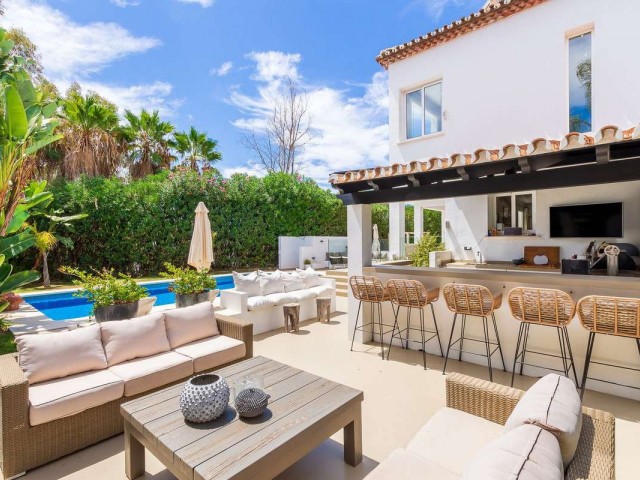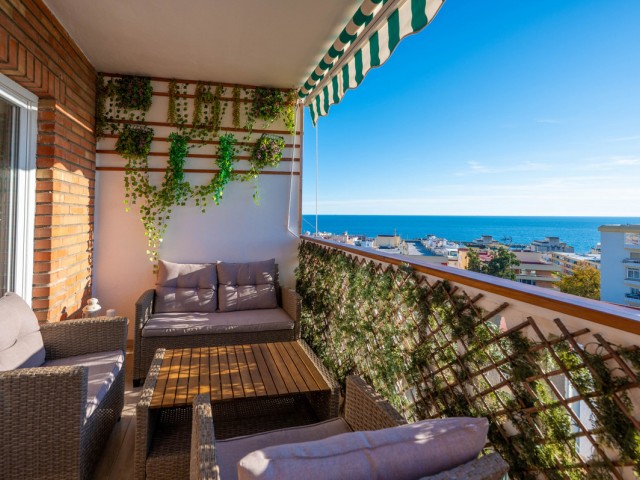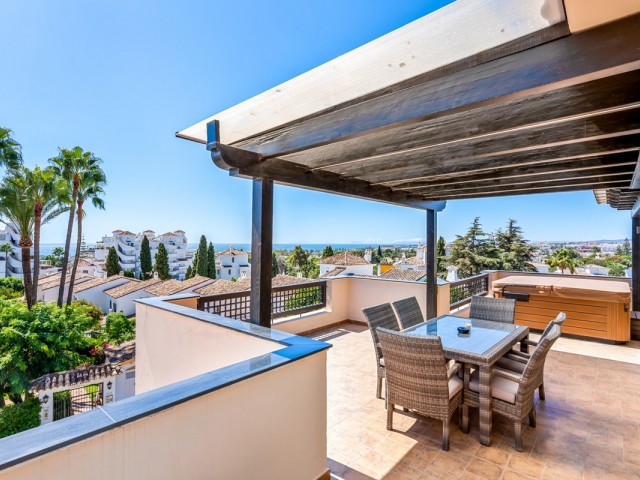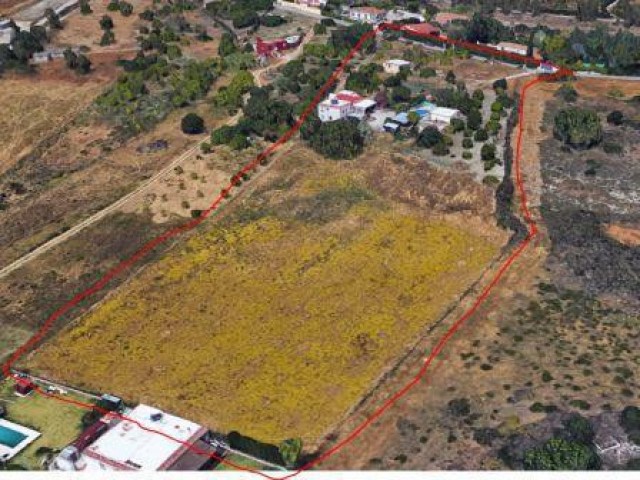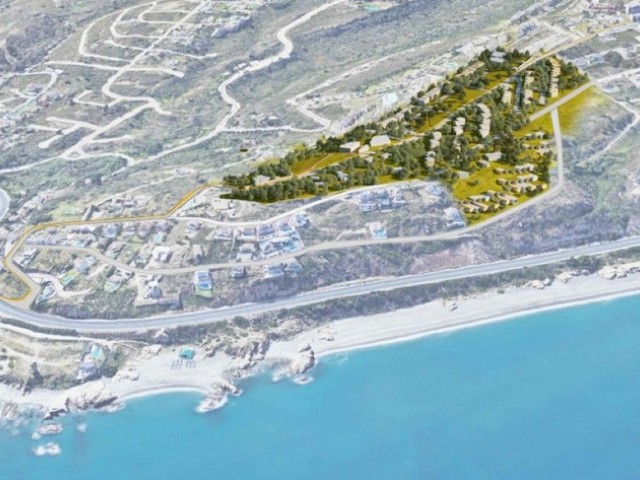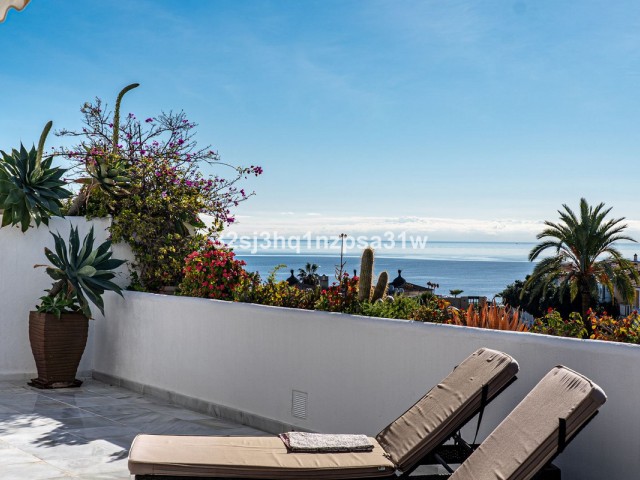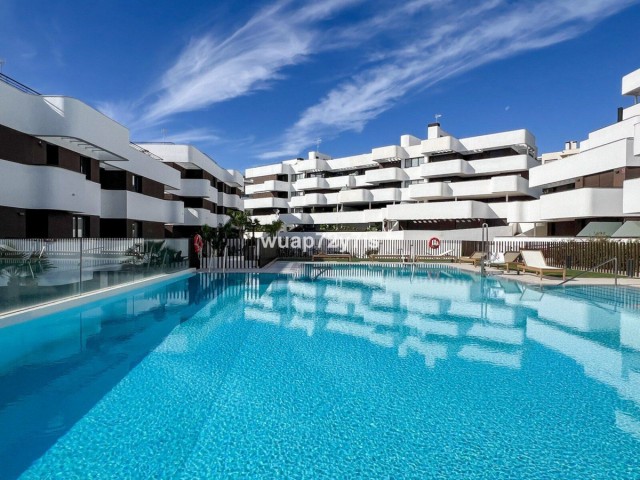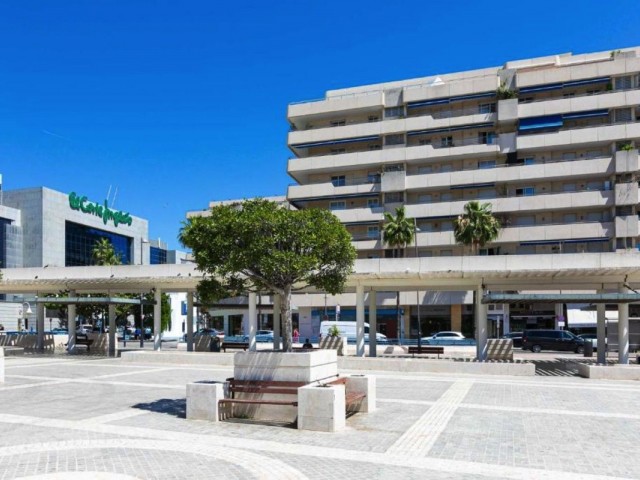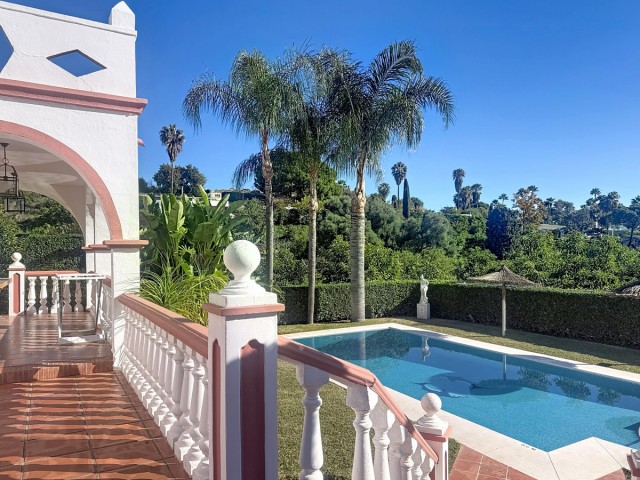A Comprehensive Guide to Pricing Your Property for Sale in Spain: Strategies, Examples, and Considerations
Setting the right price for your property is a crucial step in the process of selling a home, particularly in the unique and dynamic real estate market of Spain. A well-calculated pricing strategy can attract potential buyers, streamline the selling process, and optimize your return on investment. In this article, we will explore different approaches to pricing a property for sale in Spain, examining their pros and cons within the context of the Spanish real estate market.
1. Comparative Market Analysis (CMA)
The Comparative Market Analysis (CMA) method is widely used in Spain as well. This approach involves evaluating recently sold properties in your specific region that closely resemble your property in terms of size, condition, and location. By analyzing recent sales, you can establish a competitive and realistic listing price tailored to the Spanish real estate landscape.
**Pros:**
- **Localised Data:** CMAs rely on regional market data, providing a localized basis for pricing.
- **Precision:** Comparing similar properties ensures a more accurate valuation.
- **Market Confidence:** Spanish buyers and real estate professionals often trust CMAs as a reliable pricing method.
**Cons:**
- **Historical Focus:** CMAs may overlook current market trends, as they primarily rely on past sales data.
- **Interpretation Variability:** Interpreting the data may involve some subjective judgment, leading to variability in results.
Example: If three similar properties in your Spanish neighborhood recently sold for €250,000, €255,000, and €245,000, a reasonable CMA-based price might be around €250,000.
2. Cost Approach
The cost approach can be relevant in Spain, particularly for newer properties or situations where comparable sales data is limited. This method estimates the property's value by assessing the cost of rebuilding it from the ground up, accounting for depreciation.
**Pros:**
- **Applicability to Newer Properties:** Particularly useful for recently constructed homes where finding comparable sales data may be challenging.
- **Objective Valuation:** Focuses on the replacement cost, providing a more objective basis for valuation.
**Cons:**
- **Market Ignorance:** Ignores current market conditions and buyer preferences.
- **Depreciation Subjectivity:** Calculating depreciation can be subjective, introducing potential errors.
Example: If the cost to rebuild your Spanish property is €300,000, and it has depreciated by 10%, the cost approach valuation would be €270,000.
3. Income Capitalisation
Income capitalization is commonly used for income-generating properties in Spain, such as rental units or commercial spaces. This method estimates the property's value based on its potential income stream.
**Pros:**
- **Relevance for Rental Properties:** Ideal for properties generating consistent income, a common scenario in Spain.
- **Future Income Consideration:** Takes into account the property's potential income over time.
**Cons:**
- **Non-Applicability to Non-Income Properties:** Not suitable for non-income-producing residential properties.
- **Projection Vulnerability:** Future income projections may change, impacting accuracy.
Example: If your Spanish rental property generates an annual income of €20,000 and similar properties in the area have a capitalization rate of 4%, the income capitalisation value would be €500,000.
4. Emotional Pricing
Emotional pricing is a factor in the Spanish real estate market, where personal attachment to a property or financial needs can influence the pricing decision.
**Pros:**
- **Flexibility:** Allows for personal considerations and financial needs.
- **Quick Decision Making:** Can expedite the selling process if the emotional price aligns with market expectations.
**Cons:**
- **Risk of Overpricing:** Emotional pricing may lead to an inflated asking price.
- **Market Misalignment:** May not align with market realities, potentially deterring Spanish buyers.
Example: If the seller in Spain has a strong emotional connection to the property and believes it is worth €280,000, they might choose this as their listing price.
5. Dynamic Pricing
Dynamic pricing, adaptable to market changes, is relevant in the context of the Spanish real estate market. This approach involves adjusting the listing price based on market feedback and performance.
**Pros:**
- **Adaptability:** Enables adjustments based on market responses and feedback, particularly useful in Spain's dynamic market.
- **Optimizes Visibility:** Can attract more attention if the initial price is competitive.
**Cons:**
- **Potential for Confusion:** Frequent changes may confuse potential buyers.
- **Timing Challenges:** Requires quick response to market changes, which may not always be feasible.
Example: Initially listing a property in Spain at €280,000 and reducing the price to €270,000 after two weeks if there is limited interest.
Conclusion
Pricing a property for sale in Spain is a nuanced process that requires a deep understanding of the local market dynamics, buyer behaviors, and economic factors. Each pricing method has its advantages and drawbacks, and the most effective approach may vary depending on the property type, market conditions, and individual circumstances. Collaborating with a knowledgeable real estate professional who understands the intricacies of the Spanish real estate market is crucial. A well-informed pricing strategy tailored to the Spanish context will enhance your chances of attracting interested buyers and achieving a successful and profitable real estate transaction in this vibrant market.

